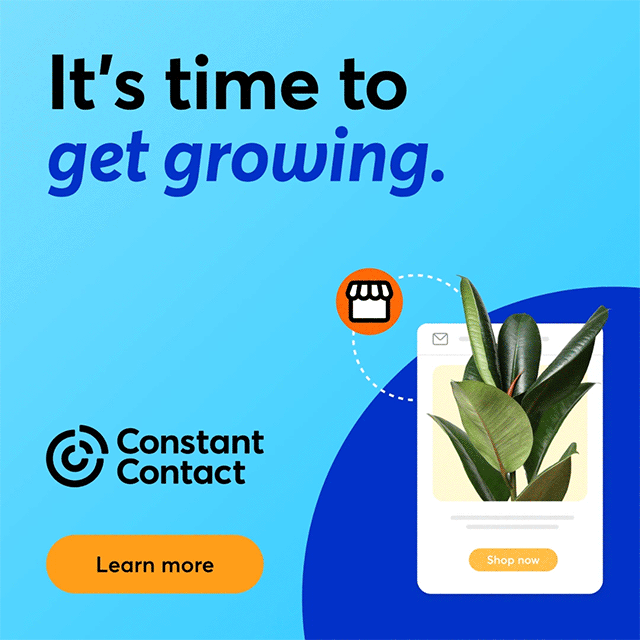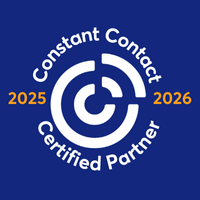In a lot of ways, your pitch deck is perhaps the single most important piece of marketing collateral that you will ever create - because it's the one that decides whether your business stays trapped inside your head or comes screaming into reality for all to enjoy. It's a document aimed directly at a very specific audience - your investors - designed to sell them not only on your idea, but on your ability to execute that idea in the right way at precisely the right time.
Remember the old saying that says we can only make one first impression, so you'd better make it a good one? Your pitch deck is the most critical opportunity to make a first impression that you will likely ever have.
A pitch deck is more than just a presentation, though it does share a lot of similarities with one. Investors want to see not only that you understand the problem you're trying to solve, but that your product or service is truly the best way to solve it. They want to see that you've thought about your marketing and larger operational strategy. They want to learn more about the team you have in place and, most essentially, they want to use all this to judge whether or not you can actually make them money.
But as is true with most marketing collateral, success is determined less by what you're saying and more by how you choose to say it.
Because of that, there are a few key pieces of great visual content you'll absolutely want to explore for your next pitch deck.
The Beauty Of Scatter Plots
 Again, the image you have of your pitch deck in your head may start resembling a standard presentation - but it really can't end there. It needs to be filled with visual content that help answer all the questions your investors have about what you want to do in the most straightforward and compelling ways possible.
Again, the image you have of your pitch deck in your head may start resembling a standard presentation - but it really can't end there. It needs to be filled with visual content that help answer all the questions your investors have about what you want to do in the most straightforward and compelling ways possible.
This is why it is always recommended that you “think outside the box” from a certain perspective and rely heavily on not just charts and graphs, but on formats that investors probably don't see to often like scatter plots.
Also commonly referred to as a scatter diagram, this is a beautifully simplistic way to show a direct relationship between two variables. Whether or not the variables have no correlation, moderate correlation or strong correlation will vary depending on exactly what type of data you're trying to illustrate, but this can be a perfect way to explain the relationship between your product and your intended market, your audience and the problem they're experiencing and even your market's lack-of-competition is a visual, straightforward and naturally captivating way.
Generally speaking, you'll want to choose a specific type of graph or chart based on exactly what it is you're trying to illustrate. If you have more than two variables at play, for example, a scatter plot likely isn't the ideal format.
Likewise, you don't want to rely too heavily on any one particular technique. One scatter plot that perfectly illustrates a particular point can really make an impact. But if your pitch deck devolves into plot after plot with little variation in how data is being presented, the power of visual content is going to start to work against you and people are going to start to check out pretty quickly.
Tangible Marketing Collateral
Speaking of “thinking outside the box,” you should never overlook an opportunity to bring your pitch deck into the “real world” by giving your investors something tangible to see, feel and experience.
Case in point: instead of just including a slide or two in your pitch deck about the direction your marketing is going to take, why not use a tool like Visme (which in transparency I founded) to create a mockup of a flyer or other piece of collateral to hand to them as you're speaking?
Thanks to tools like Visme and others, you no longer need years of design experience under your belt in order to create truly stunning marketing collateral. Visme acts as a drag-and-drop flyer maker which can allow you to choose from dozens of free flyer templates to illustrate exactly what it is that you're talking about in a matter of minutes.
No, this is not a representation of what your actual marketing collateral will eventually look like. After all, your company doesn't even technically exist yet. But by going above and beyond and creating not just a piece of visual collateral but that manages to bring concepts that are still technically hypothetical into reality, you'll make a much stronger impression with investors than if you had simply tried to describe the exact same thing.
With these and other types of tools, there is truly no excuse any longer for not going above and beyond in this type of way.
Creating a True Pitch Deck Experience
For the absolute best results, it's important to remember that part of what you're trying to do involves creating a true experience for your investors in every sense of the term. Professional investors take meetings with people like you all day, every day, and eventually they will start to bleed together.
You need to let people inside your head and see the vision that you've honed and cultivated over the years and you need to do that in a way that is exciting, compelling and forward-thinking - all at the same time.
Elevating your pitch deck beyond a simple presentation and into a heavily visual experience therefore becomes one of the best shots you have to do all of this and more.
About the Author: Payman Taei is the founder of Visme, an easy-to-use online tool to create engaging presentations, infographics, and other forms of visual content. He is also the founder of HindSite Interactive, an award-winning Maryland digital agency specializing in website design, user experience and web app development.








